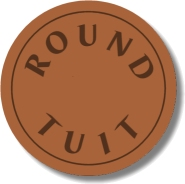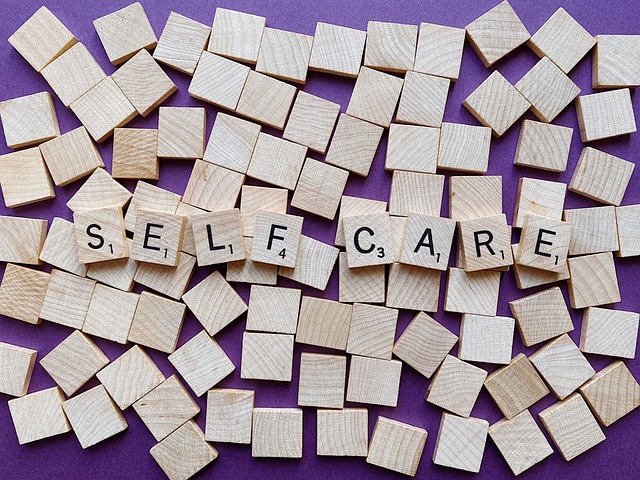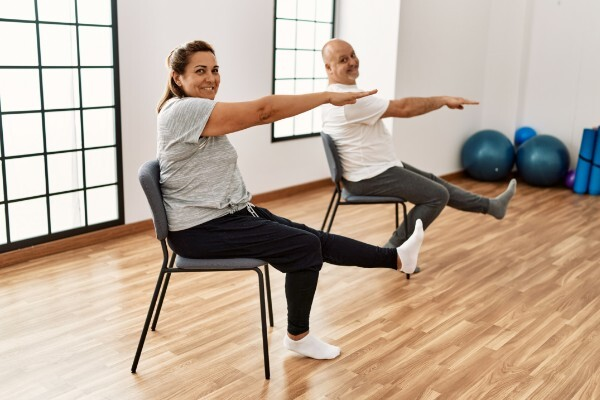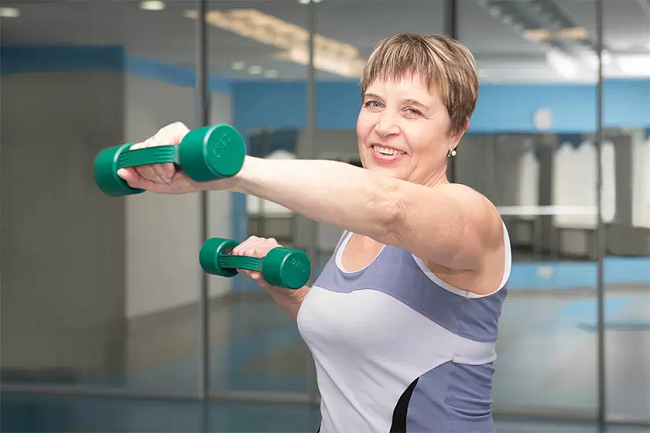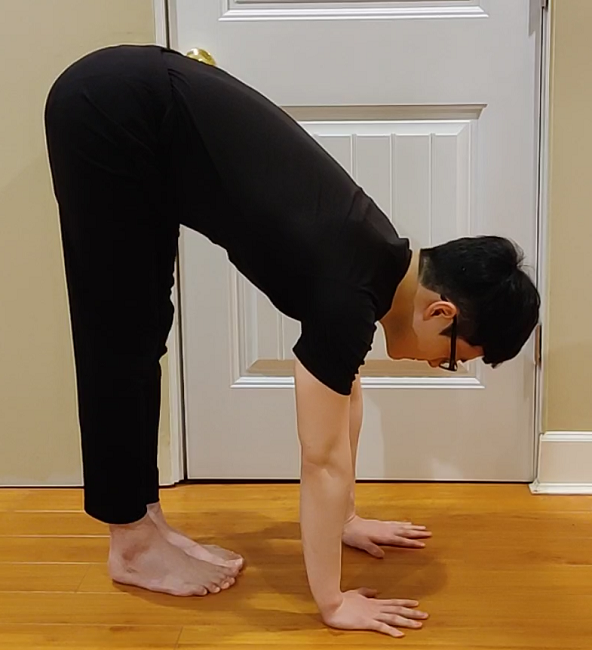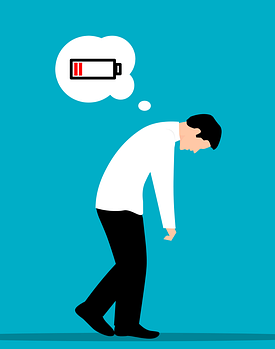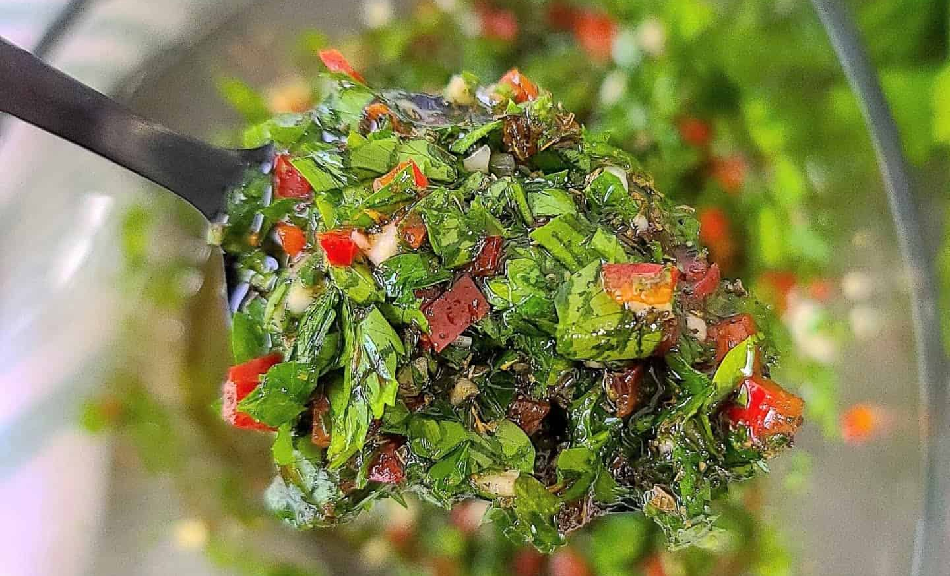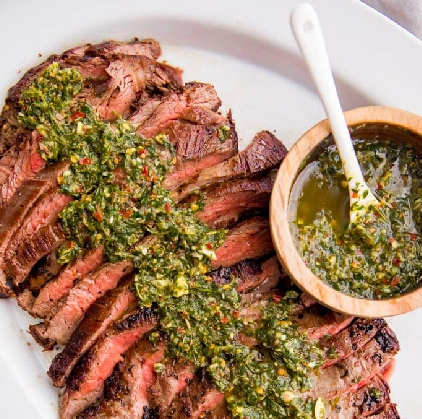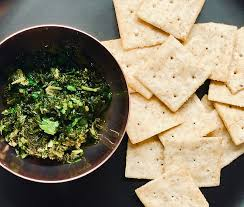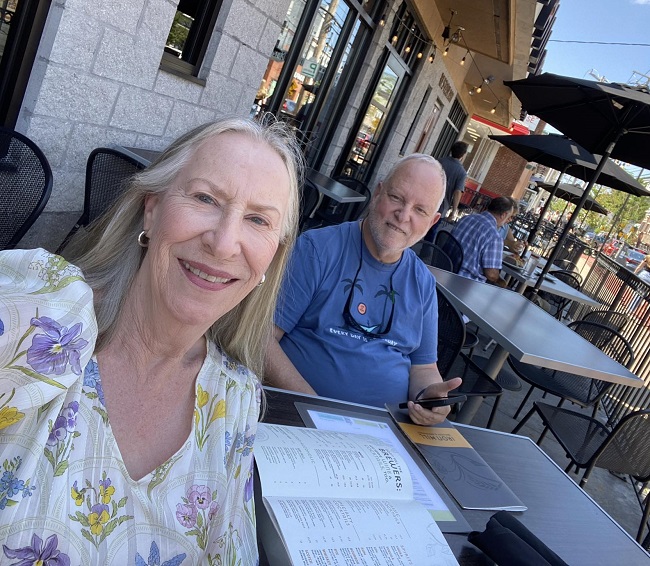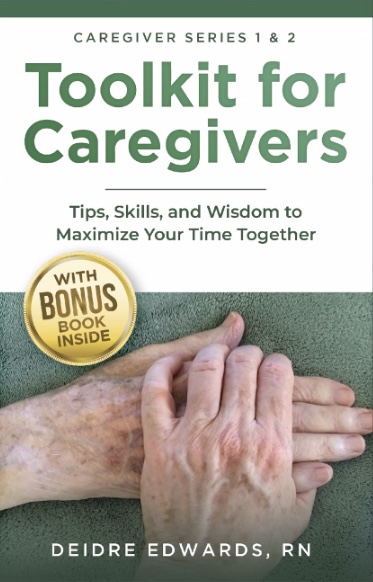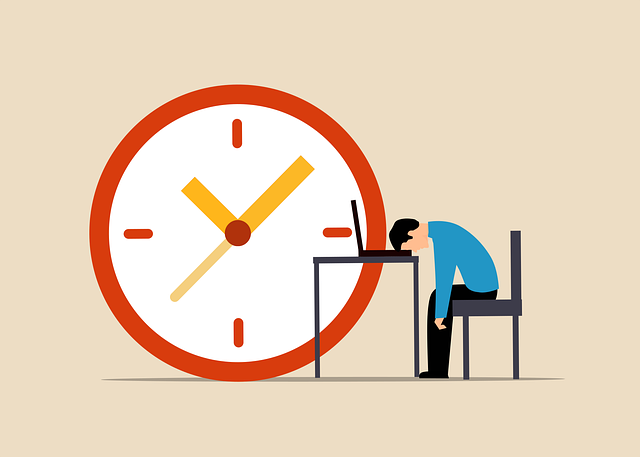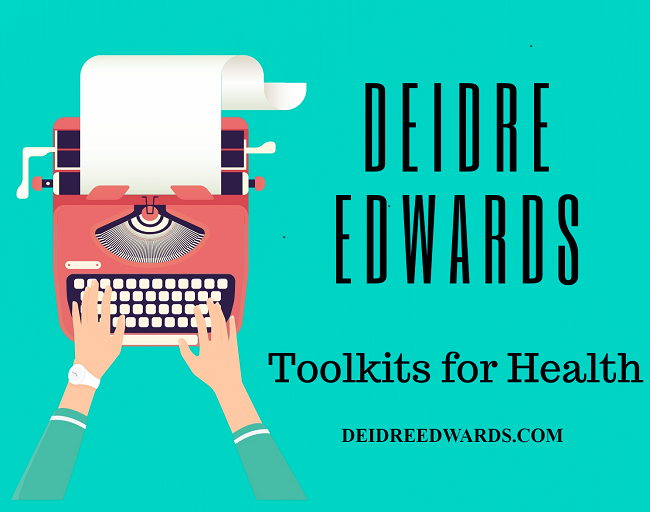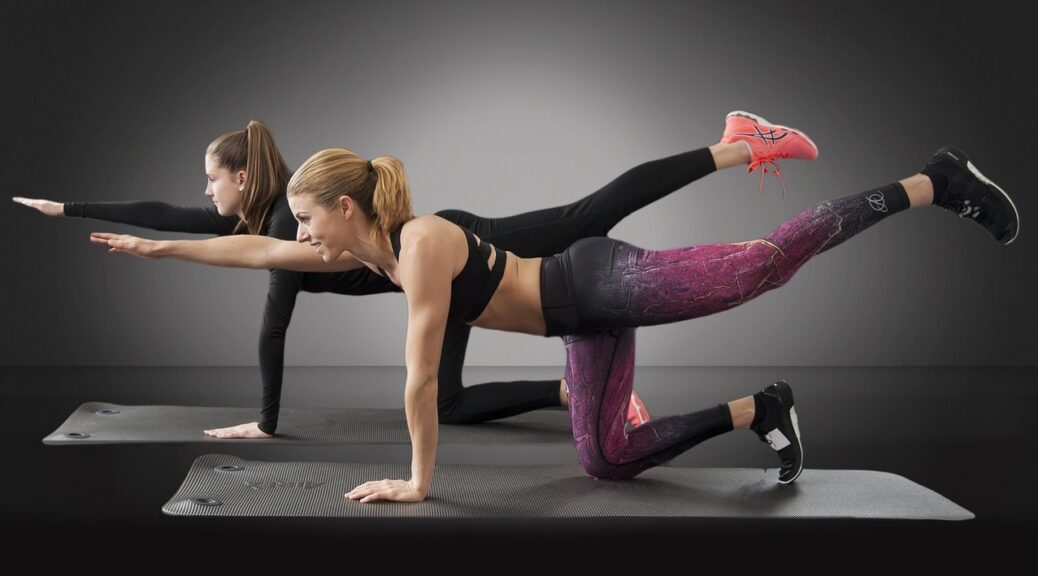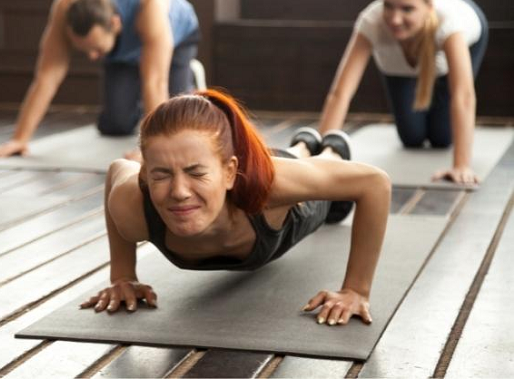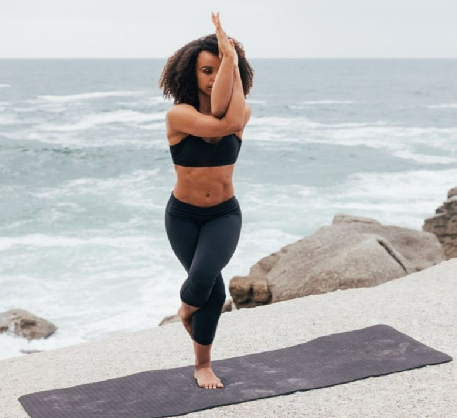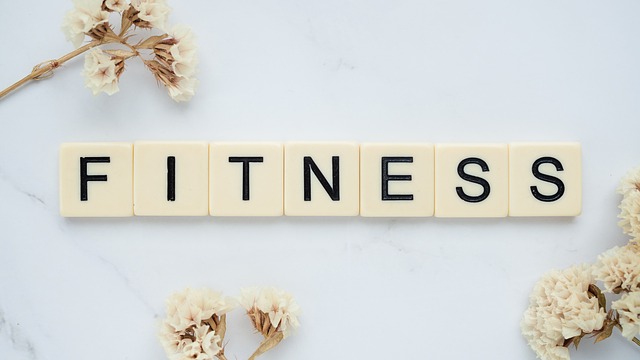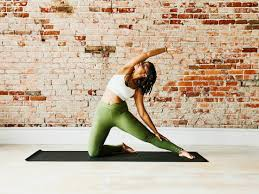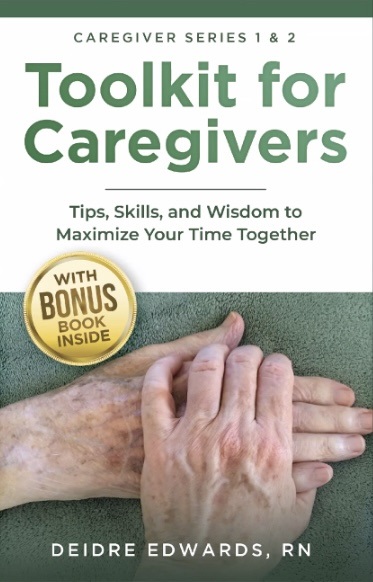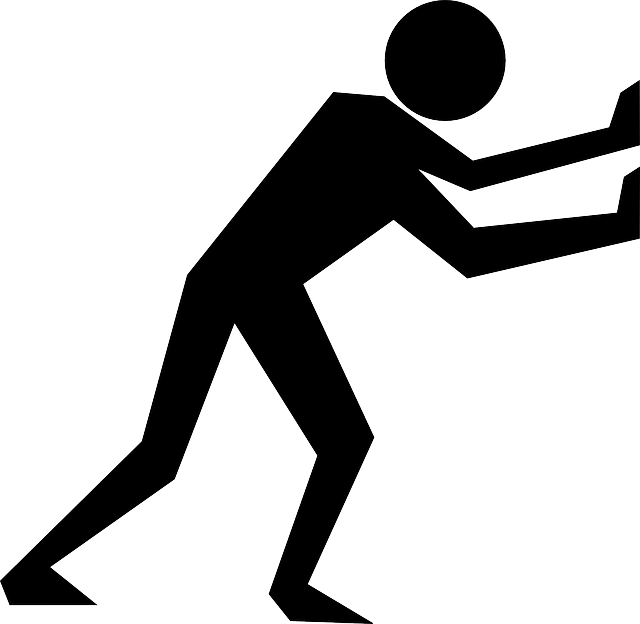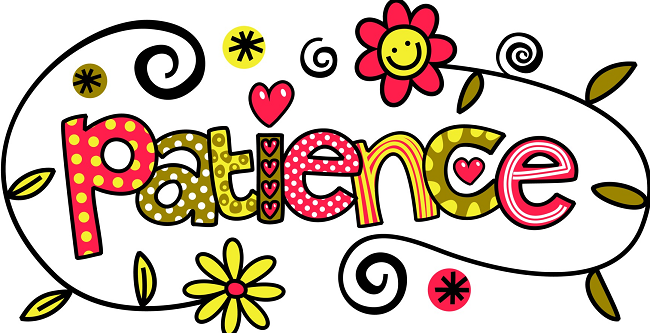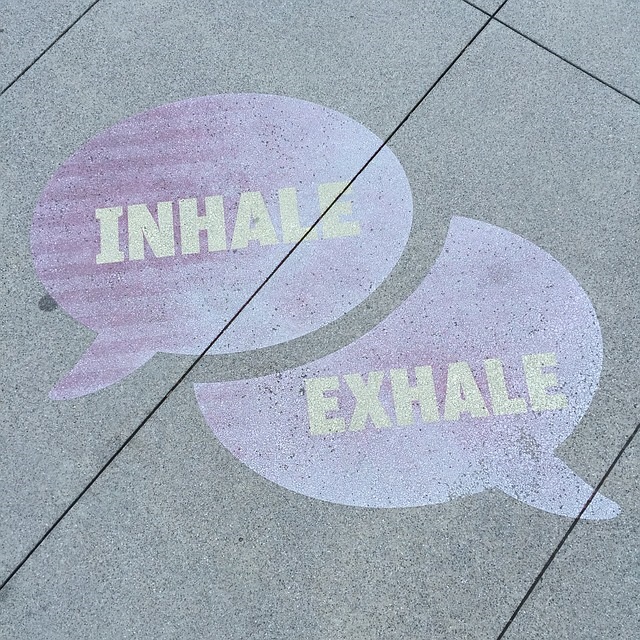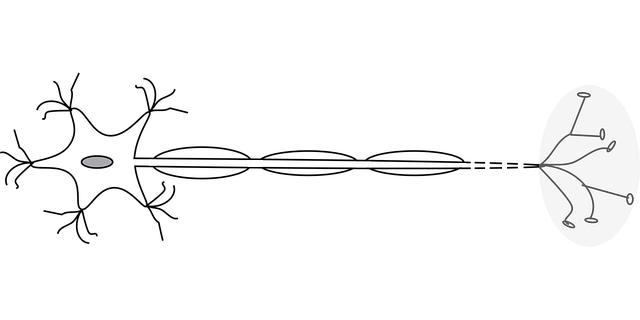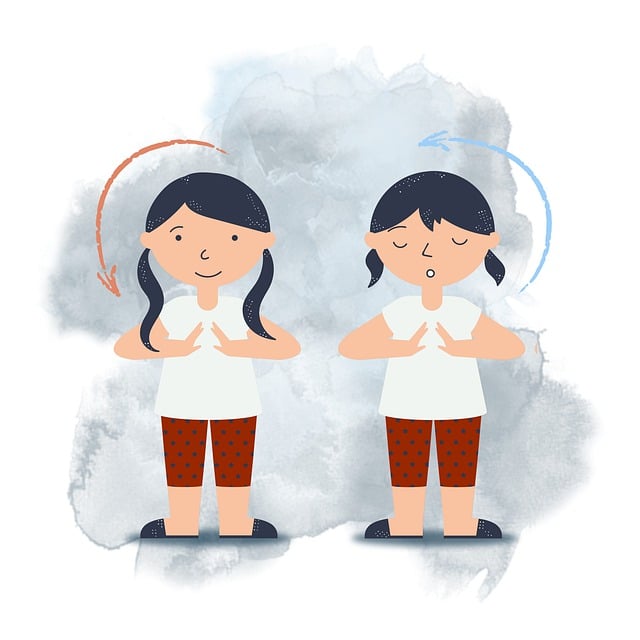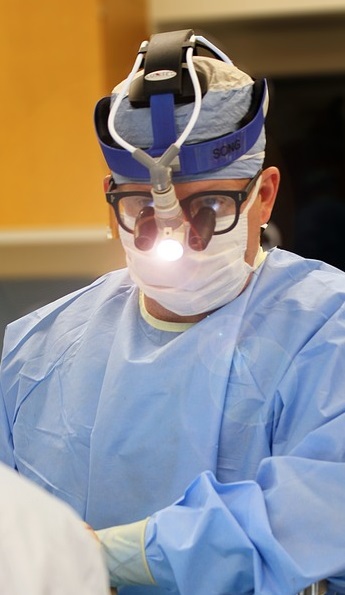When you work so hard for something and you are faced with so many delays, and patience is being tried like never before – there are tears of frustration and trembling of anger barely controlled – then that sweet moment comes when you can see a path to success.
With critical elements still hanging in the balance of uncertain completion, I turned to my calendar to see when the next possible date would be to publish my book.
August 20. Today, as you read this, but in the future as I write this – in faith.
My birthday month. A day that is 2+0 which is personally significant. I’m claiming it.
Please join me in welcoming to the world the third edition of Toolkit for Caregivers.
We had anticipated twins – the new edition and the new website – but the stork had something else in mind. Like many babies, their moment of birth is not always as anticipated.
I could not bear another delay in getting this beautiful Third Edition of Toolkit for Caregivers into the hands of those who need it; so, we developed a way to birth the book today while leaving the website in the oven a bit longer.
I would be so grateful for your help in making Toolkit for Caregivers more visible for potential readers on Amazon by increasing its ratings. Please consider getting the Kindle version – on sale for a limited time at $1.99 – and leave a verified purchase review. I know Sheree will have links in this post that will take you to Amazon.
Star reviews are wonderful – adding a brief, honest written review would be stupendous!
You don’t have to read every word right away; I know you are busy. You can scroll through to read a bit here and there, and I am sharing a quick two-page, chapter-by-chapter synopsis below, you can look at to better understand the scope of the book before leaving a review.
There are three versions of this new edition: Kindle, paperback, and paperback with full-color interior. Up at the top of the sales page on Amazon, in blue letters is “See all formats and editions.” (Check beside the star ratings). That link will take you to the full-color option for the paperback, as well as all other options.
Our editor, Sheree, just shared with me how a mutual friend, who just lost her husband, used one of the free downloads, The Business Side of Dying Checklist, to take the natural overwhelming emotions and confusion away as she went about taking care of needed family business. She was lost trying to figure out how to even get started; but, with the help of the checklist, she had finished in a couple of days!
Access for these free materials, as well as the new Caregiver Toolkit Bundle – which will assist caregivers with organization, self-care, and creating balance in their lives – is, therefore, also delayed a bit due to the redesign process of my website.
Fear not! All readers need to do is leave their email contact information on my site and I will let you know the moment the new site and materials are accessible for download.
Please check out my new baby and let me know what you think!
In health and proud as a new parent – yet still awaiting on the other baby –
Deidre
A FREE PREVIEW FOR YOU FROM TOOLKIT FOR CAREGIVERS!
Synopsis by Chapters for Toolkit for Caregivers
by Deidre Edwards, RN
Part 1 – Toolkit for Caregivers, Tips, Skills, and Wisdom to Maximize Your Time Together
Chapter 1 – Physical Environment – guides the reader on how to incorporate the home hospital bed into their house, listing various aspects to consider when placing it: privacy, accessibility, what the patient will be looking at, and more. Insider tips are given for adding layers to the bed for comfort and safety, and for caregiver ease of use.
From hacks using pool noodles to trick out the bed, to unique combinations for barrier cream, to options for urination and bowel movements, all common patient care concerns are covered – all aimed to optimize patient comfort and ease of care for the family caregiver.
Chapter 2 – Infection Control – covers the essentials for preventing the spread of infection. Step-by-step skills in hand washing techniques and wearing and taking off disposable gloves are clearly laid out. Suggestions for additional personal protective equipment are shared.
Chapter 3 – Process for Patient Care – even if the family caregiver has supplemental help, chances are there will be times when personal care will have to be given to the patient. No worries! All the basic skills of patient care are explained step-by-step so anyone can understand. Free downloads are available to print so readers can have the skill at their fingertips. From how to move the patient in the bed, changing sheets while the patient is in the bed, brushing teeth, complete bed bath, nail care, feeding, to how to modify clothing for the bedfast patient – it’s all there, and more.
Chapter 4 – Processes for you, the Caregiver – highlights: the extreme importance of self-care, how to simplify organization of keeping track of both the changing patient conditions and supplemental caregiver coverage through using calendars. Ideas for prioritizing self-care are given.
Chapter 5 – Processes for Home Visits – describes the roles of various health care providers who may visit the home: nurses, aides, social workers, physical and occupational therapists, and chaplains. How the calendar method of tracking the loved one’s changes simplifies these home visits is described.
Chapter 6 – Bring the Party Home – describes how various examples of home activities for the loved one and the family caregiver can contribute to meaningful experiences and help alleviate stress for all.
Chapter 7 – Odds and Ends – covers a variety of common issues: DNR (Do Not Resuscitate) documents, how to handle an approaching major weather event, to “inappropriately twinkling” eyes.
The Caregiver Toolkit Bundle is offered in a link to the author’s website that contains resources for caregiver mindfulness, self-care, audio affirmations, In this Moment of Quiet adult coloring workbook, and customizable templates for calendars, and record keeping templates for medications.
Part 2 – (Bonus Book) Love Lives Here – Toolkit for Caregiver Survival, for Before, During, and After
Chapter 1 – Love Is – a reminder that the mindset for caregiving is based on love, and because of love, there is a natural desire for mutual preparedness.
Chapter 2 – Before There is a Need – emphasizes that the need for preparing for future transitions in life/health/death come to us all. Avoiding taking preparations does not reflect love because those who are left behind, or who must become caregivers, are traumatized by a lack of having a plan in place. Tips on starting The Conversation are shared along with items that should be discussed and understood by all: Advanced Directives, organ donor issues, Legal and Medical Power of Attorney, Last Will and Testament, funeral plans, finances with right of survivorship/beneficiary, location of important papers, and more. Link to free download: Talking Points for The Conversation which expands on this material.
Chapter 3 – During the Caregiving Time – provides additional insights into caregiver self-care needs and solutions for meeting them. The normal emotional responses to caregiving are identified and ways to grapple with the confusing swirl of emotions are shared. Activities for their loved one are described along with ideas for having special one-on-one conversations. Ideas are mapped out for further preparations if their loved one’s condition is terminal.
Chapter 4 – A Time of Transition – things to look for if their loved one is terminal. Approaches to end-of-life issues, why their loved one may be hanging on, and potential needs during transition are shared including the last breath which may be missed by the family.
Chapter 5 – After – prepares readers for their initial response to their loved one’s passing and how to use the love they shared to keep them going.
Chapter 6 – The Business Side of Dying – right when everything hurts the worst and being left to grieve may be desired, the real world presents the newly grieved with business affairs. This chapter walks the reader through where they need to go first and what to do, along with identifying and supporting their first emotions of grief. How to handle thank you notes is discussed. Link to free download: The Business Side of Dying Checklist for the reader to follow and personalize as needed.
Chapter 7 – Grief – while each grief experience is unique, readers are given insider tips on what to expect. They have gone from the anticipatory grief they felt as a caregiver to real end-of-a-life grief. Waves of emotions will come, some expected, and others not expected. Ideas of how to get through the firsts are shared for birthdays, anniversaries, etc. Mindsets that will facilitate healing are shared that might assist them on a path of personal self-growth while still embracing and understanding their love and grief.
Chapter 8 – Learning to See the World with a New Focus – Never diminishing the enormity of being left with empty arms, readers are reminded that their living and healing depends upon helping themselves. They can come to understand that “Living our lives today does not dishonor those who no longer live here with us.”


